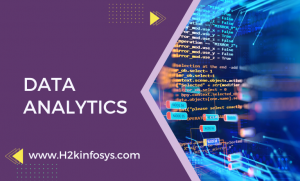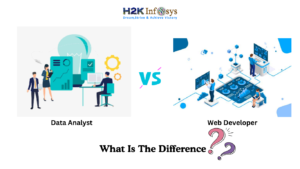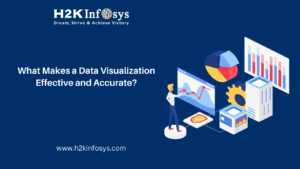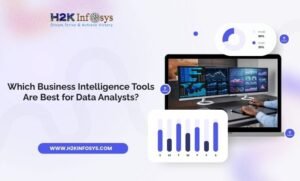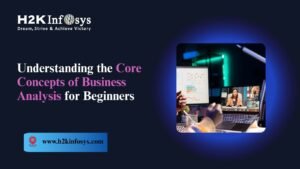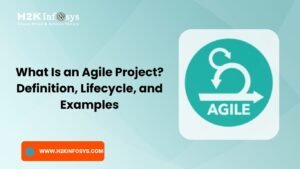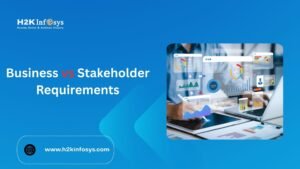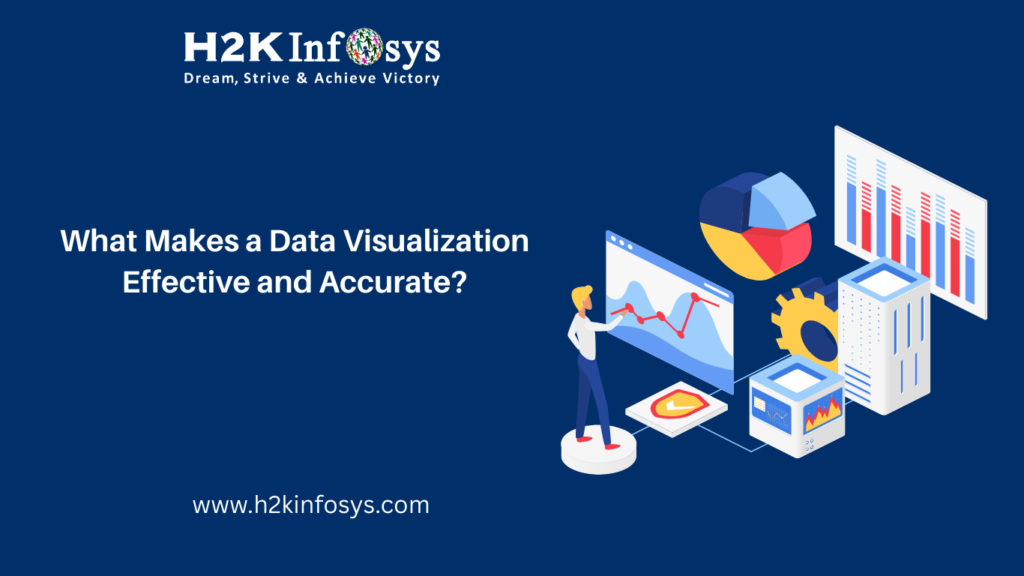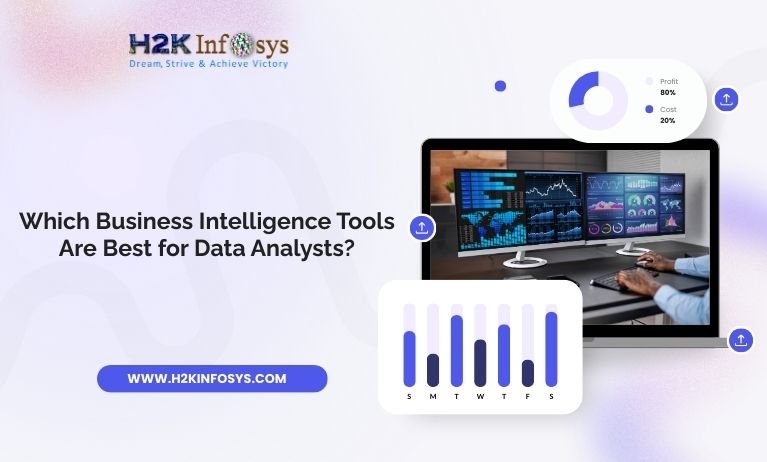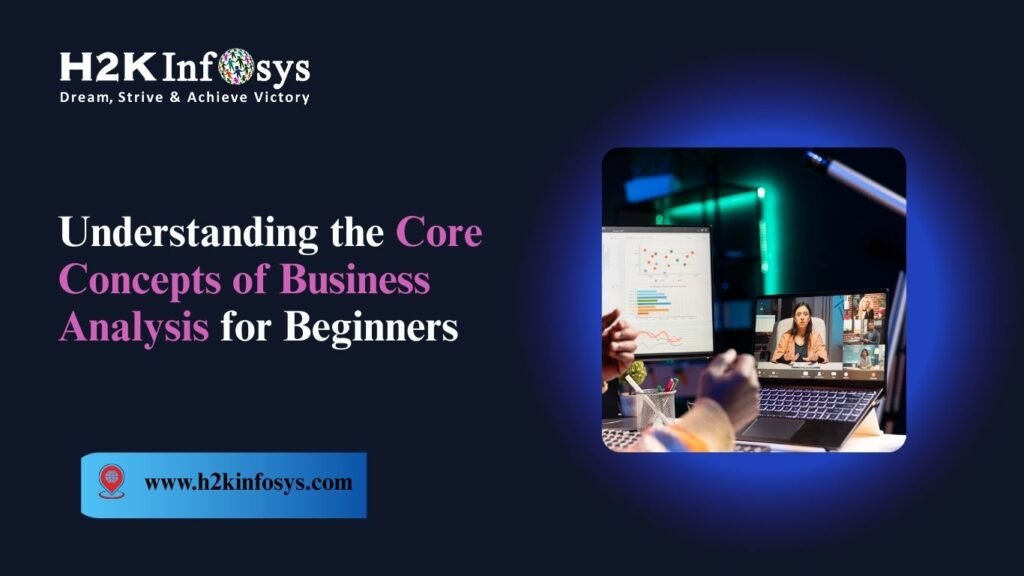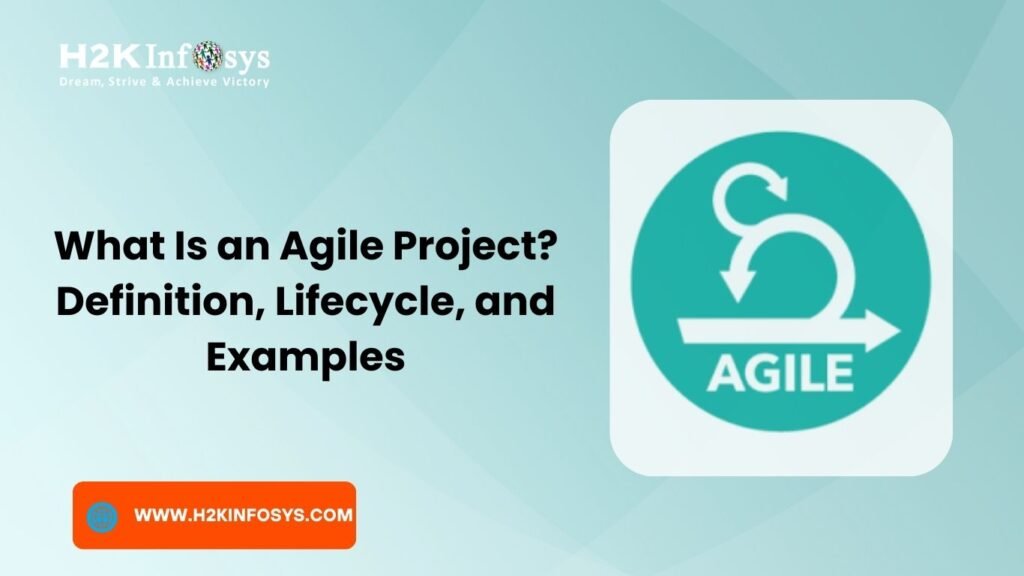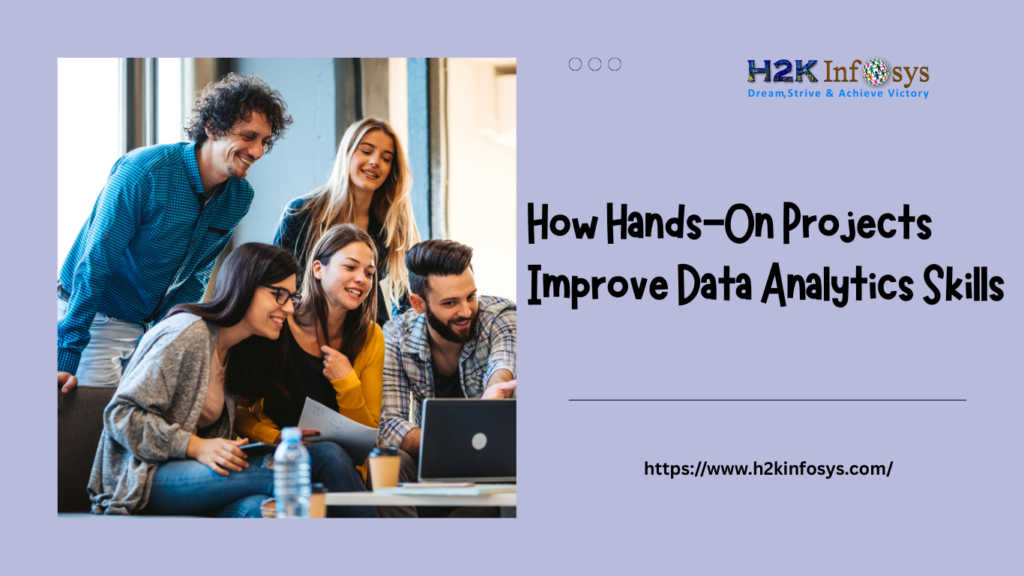Introduction: Why Tools Define a Data Analyst’s Career
In 2025, data analytics will continue to be one of the fastest-growing career paths worldwide. Every business, from healthcare to retail, relies on data to make smart decisions. But simply collecting data is not enough; organizations demand professionals who can analyze, visualize, and present insights effectively. That is why mastering Data Analyst Tools is critical for anyone pursuing a career in this field.
Whether you are taking Data analyst online classes, preparing for a Data analytics certification, or considering a Google Data Analytics certification, having hands-on skills with the right tools will set you apart in the job market. This blog explores the must-know Data Analyst Tools every professional should master in 2025 and how they directly connect with real-world applications.
Why Tools Matter in Data Analytics
- Speed & Efficiency: Data Analyst Tools reduce manual work and automate repetitive tasks.
- Accuracy: They minimize errors and ensure consistency in analysis.
- Communication: Visualization platforms make data stories easy to understand.
- Career Growth: Employers look for proficiency in industry-standard tools when hiring certified data analysts.
According to the U.S. Bureau of Labor Statistics, jobs for data analysts are projected to grow by 23% through 2031, making it one of the top career choices.
Core Data Analyst Tools to Master in 2025
Microsoft Excel
Excel remains a timeless tool for data analysts. Despite newer technologies, Excel is still widely used for quick calculations, pivot tables, and dashboards.
Key Features:
- Pivot tables for summarizing data.
- Advanced formulas (VLOOKUP, INDEX, MATCH).
- Data cleaning with Power Query.
- Data visualization using charts.
Real-World Example:
Retail chains use Excel to forecast seasonal demand by analyzing past sales trends with pivot tables. This makes Excel one of the foundational Data Analyst Tools.
SQL (Structured Query Language)
SQL is the backbone of database management. Every aspiring analyst in data analytics courses for beginners must learn how to query databases.
Key Features:
- Retrieve and filter records from large datasets.
- Perform joins across multiple tables.
- Aggregate data for reporting.
Sample Query:
SELECT product, SUM(sales) AS total_sales
FROM sales_data
WHERE region = 'East'
GROUP BY product;Application:
Banks use SQL to track fraudulent transactions by querying millions of records in real time. SQL stands as one of the most in-demand Data Analyst Tools across industries.
Python
Python has become the most popular language in analytics, especially in online course data analytics programs.
Key Libraries for Data Analytics:
- Pandas: For data manipulation.
- NumPy: For numerical computations.
- Matplotlib & Seaborn: For visualizations.
- Scikit-learn: For predictive analytics.
Example in Python:
import pandas as pd
df = pd.read_csv("sales.csv")
print(df.groupby("region")["revenue"].mean())Application:
E-commerce companies use Python to predict customer churn with machine learning models. Its versatility ensures Python remains one of the most essential Data Analyst Tools.
R Programming
R is particularly strong in statistical modeling and is included in many Data analyst certification online programs.
Use Cases:
- Hypothesis testing.
- Regression analysis.
- Time-series forecasting.
R remains a favorite among researchers, making it one of the specialized Data Analyst Tools for academic and research-based roles.
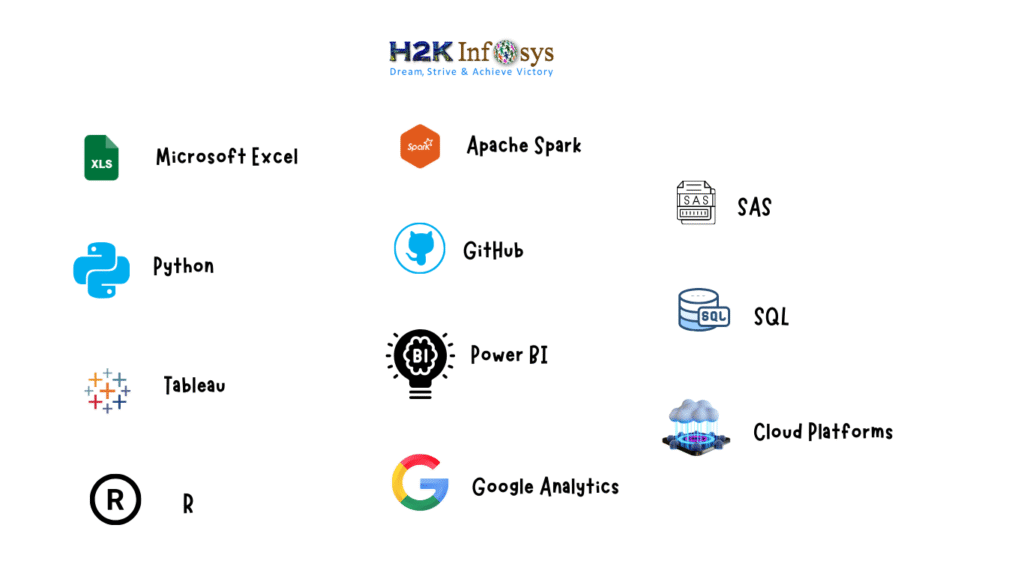
Tableau
Tableau is a leading visualization tool and often part of the best data analytics courses.
Key Features:
- Drag-and-drop dashboards.
- Real-time data connections.
- Storytelling with interactive visuals.
Example:
Healthcare providers use Tableau dashboards to track patient admissions, bed occupancy, and treatment outcomes in real time. For anyone looking to excel in business communication, Tableau is a must-have in the toolkit of Data Analyst Tools.
Power BI
Microsoft’s Power BI is another essential visualization platform. It integrates seamlessly with Excel and SQL databases.
Strengths:
- Cloud-based dashboards.
- AI-driven insights.
- Easy integration with the Microsoft ecosystem.
Power BI has become one of the most employer-demanded Data Analyst Tools because of its user-friendly interface and advanced features.
Google Analytics & BigQuery
For digital and marketing analysts, Google Data Analytics course tools remain indispensable.
- Google Analytics: Tracks website performance, user demographics, and conversion funnels.
- BigQuery: A cloud-based platform for querying massive datasets.
Application:
E-commerce platforms measure campaign ROI using Google Analytics and forecast sales with BigQuery. Both rank among the most practical Data Analyst Tools in digital marketing.
SAS (Statistical Analysis System)
SAS is widely used in industries like finance, healthcare, and pharmaceuticals.
Capabilities:
- Advanced statistical analysis.
- Clinical trial data management.
- Predictive modeling for insurance companies.
Its strong focus on compliance makes SAS one of the most trusted Data Analyst Tools in regulated sectors.
Jupyter Notebook
A must-know environment for running Python and R scripts interactively.
Advantages:
- Step-by-step execution for learning.
- Perfect for sharing analysis workflows.
- Integration with visualization libraries.
Jupyter remains one of the beginner-friendly Data Analyst Tools in online training courses.
Apache Spark
For handling big data, Apache Spark is a crucial tool.
Highlights:
- Distributed computing for massive datasets.
- Machine learning support.
- Compatible with Python, R, and Scala.
Industry Use:
Telecom companies process billions of call records daily using Spark to detect anomalies, proving its place in advanced Data Analyst Tools lists.
Alteryx
A growing tool in data preparation and automation, Alteryx simplifies workflows for analysts without heavy coding. It’s one of the evolving Data Analyst Tools that emphasizes accessibility.
Google Sheets
Cloud-based collaboration has made Google Sheets a popular alternative for team-based analysis. Its accessibility ensures it remains a practical Data Analyst Tool for beginners.
Hands-On Elements: A Simple Workflow Example
Imagine you are working with a sales dataset:
- SQL to extract records of sales by region.
- Python (Pandas) to clean missing values.
- Excel to run quick pivot analysis.
- Tableau/Power BI to create a dashboard of sales trends.
This combination reflects the practical, step-by-step skills taught in online data analytics certificate programs. It also highlights how different Data Analyst Tools work together to provide complete solutions.
How Certifications Strengthen Tool Mastery
Google Data Analytics Certification
Covers SQL, Tableau, and R basics with guided projects.
Data Analyst Certification Online
Validates skills in Python, visualization, and business communication.
Online Data Analytics Certificate Programs
Provide structured, beginner-friendly pathways, including data analytics beginners courses and advanced learners alike.
Industry Trends for 2025
- AI-Driven Analytics: Tools like Power BI now include natural language queries.
- Cloud Dominance: BigQuery and Snowflake are leading data-warehouse tools.
- Integration Skills: Analysts must connect tools across ecosystems.
Employers increasingly ask for certifications along with practical experience gained through data analytics training and strong command of Data Analyst Tools.
Key Takeaways
- Tools like Excel, SQL, Python, Tableau, and Power BI remain foundational in 2025.
- Cloud-based platforms such as Google BigQuery are growing in demand.
- Certifications like the Google Data Analytics Certification and Online Data Analytics Certificates validate your tool expertise.
- Real-world projects during data analyst online classes build job-ready skills.
- Developing mastery of Data Analyst Tools ensures long-term career success.
Conclusion
Mastering these Data Analyst Tools is no longer optional; it is essential for building a successful career in 2025. If you are searching for the best data analytics courses, data analytics course near me, or a comprehensive data analyst certification online, H2K Infosys provides expert-led training with hands-on projects and placement support.
Take the next step enroll in H2K Infosys’ Data Analytics Training toda,y and gain the tools employers value most.


